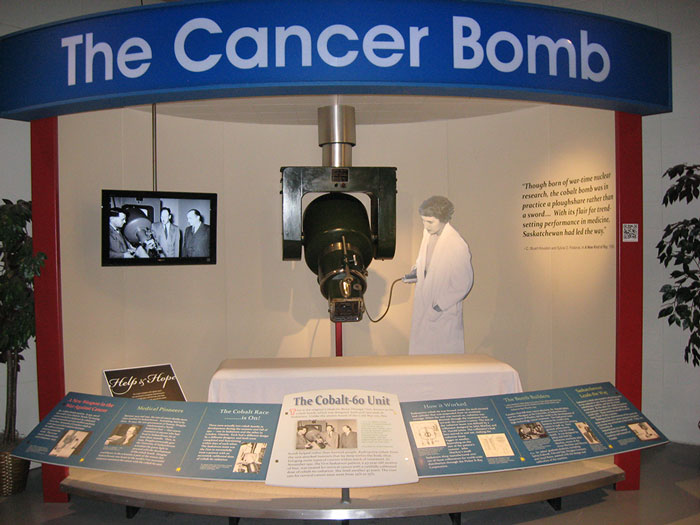


Fossey reported the discovery, and several observatories, including INTEGRAL, started observations immediately. SN2014J was registered on Januby astronomer Steve Fossey and a group of students from University College London in the galaxy M82. For example, a type Ia supernova last exploded in the Milky Way in 1606. There are several hundreds of galaxies within a radius of ten million light-years supernovae produce explosions like this (type Ia explosions) once every few centuries in a galaxy.

The reason was the rarity of explosions at such a distance – 11 million light-years is a large value on the galactic scale (the diameter of a galaxy is about 100,000 light-years, the distance between stars is a few light-years), but on an intergalactic scale it is a relatively short distance. Radiating cobalt was registered at the supernova SN2014J, located 11 million light-years from EarthĪstrophysicists never obtained similar spectra before. However, during a giant thermonuclear explosion of a supernova, this short-lived radioactive isotope is produced in large quantities. Isotope 56Co has a half-life of just 77 days, and does not exist in normal conditions. The article's main author, Yevgeny Churazov (Space Research Institute of the Russian Academy of Sciences), together with his co-authors, including Sergei Sazonov of the Space Research Institute and MIPT, reported the results of their analysis of data collected with the INTEGRAL gamma-ray orbital telescope, which they used to detect the radioactive isotope cobalt-56(56Co). Details are given in the journal Nature, one of the most cited scientific publications in the world. view moreĪ group of astrophysicists, including researchers from MIPT, have detected the formation of radioactive cobalt during a supernova explosion, lending credence to a corresponding theory of supernova explosions. Image: A nebula emerged from Kepler supernova remnants.


 0 kommentar(er)
0 kommentar(er)
